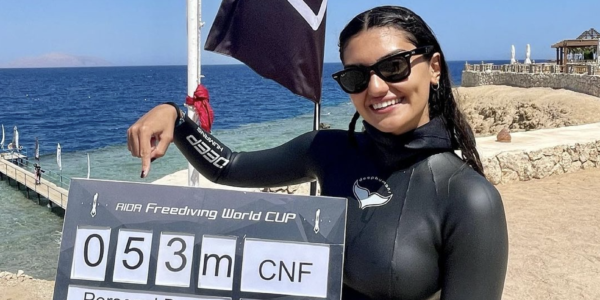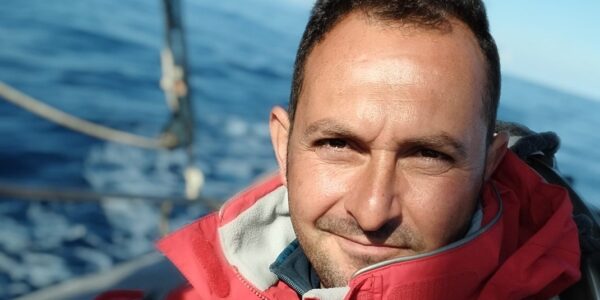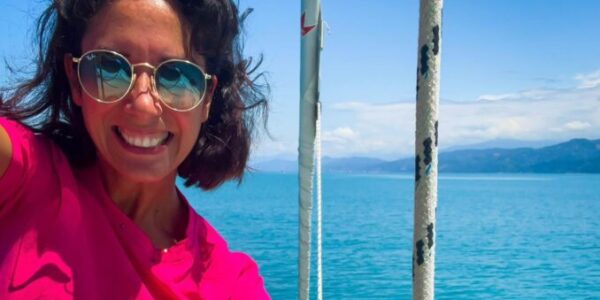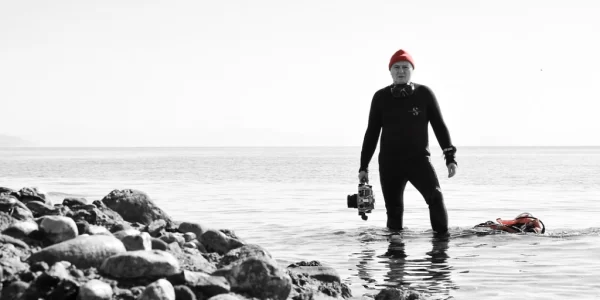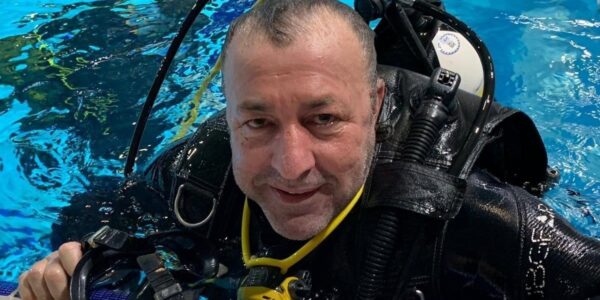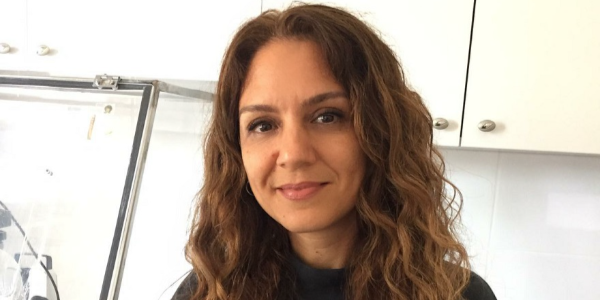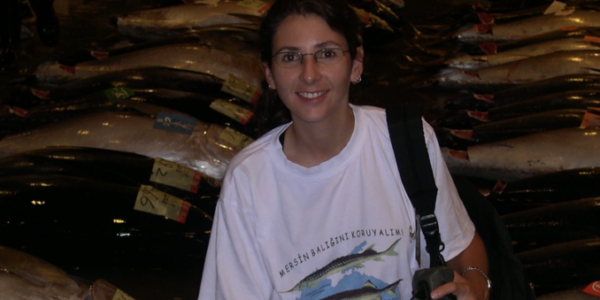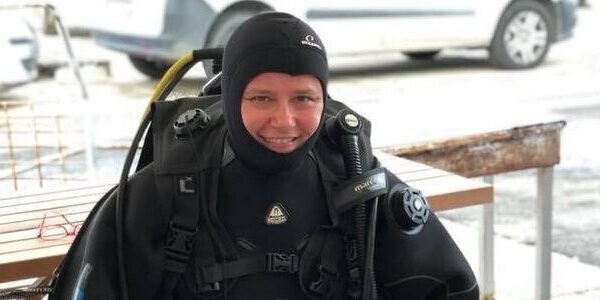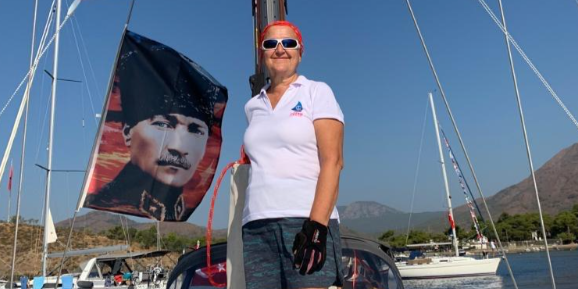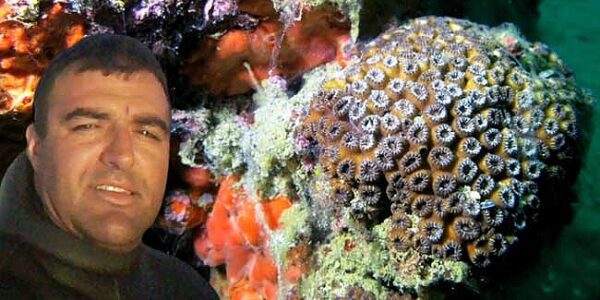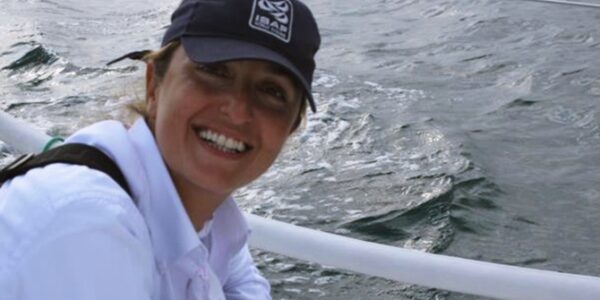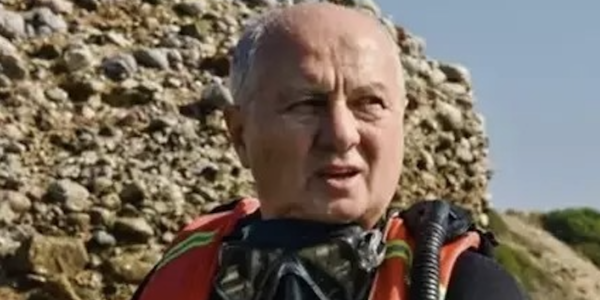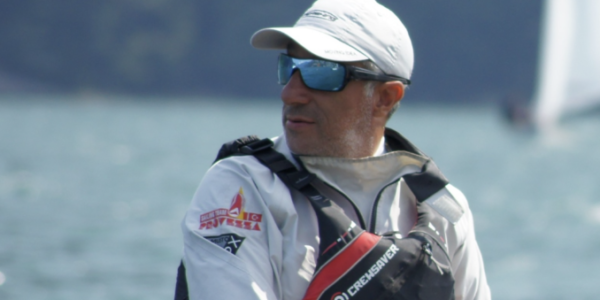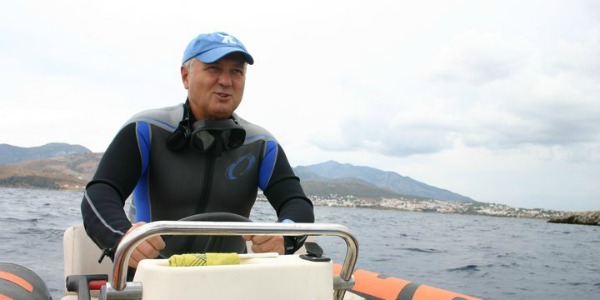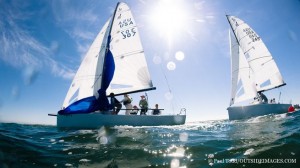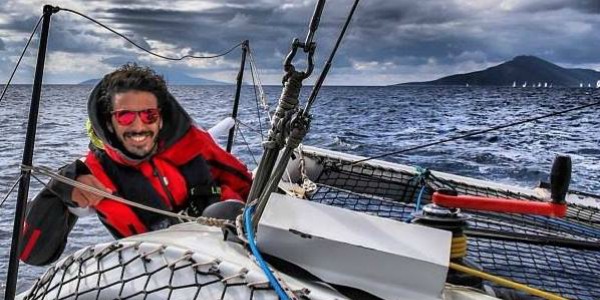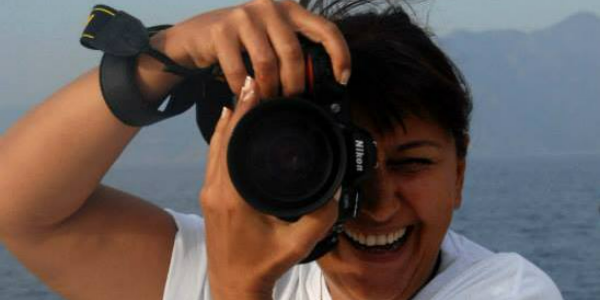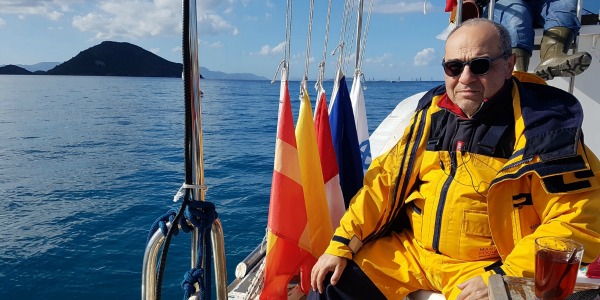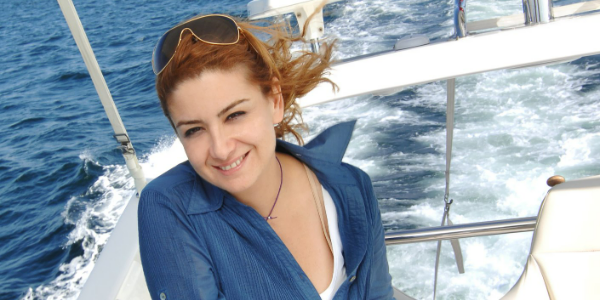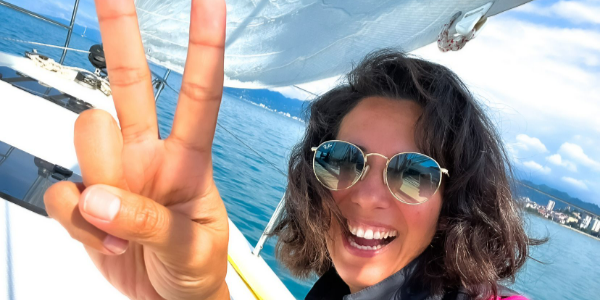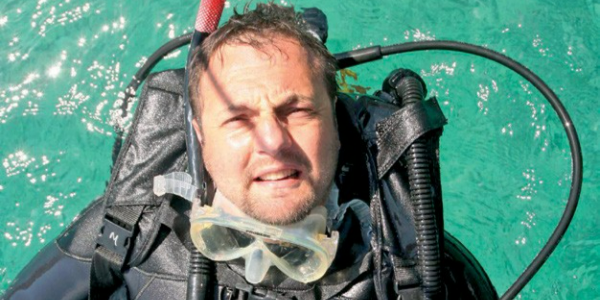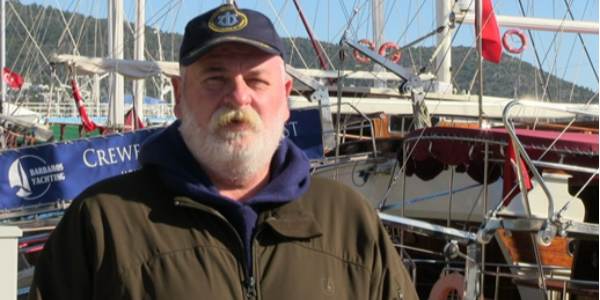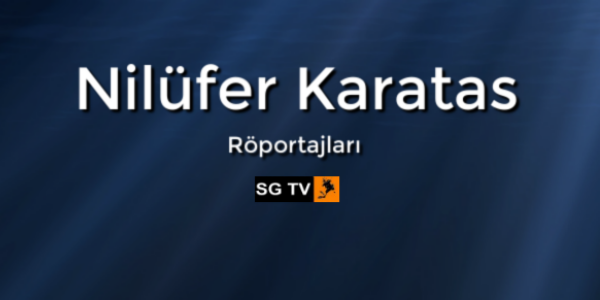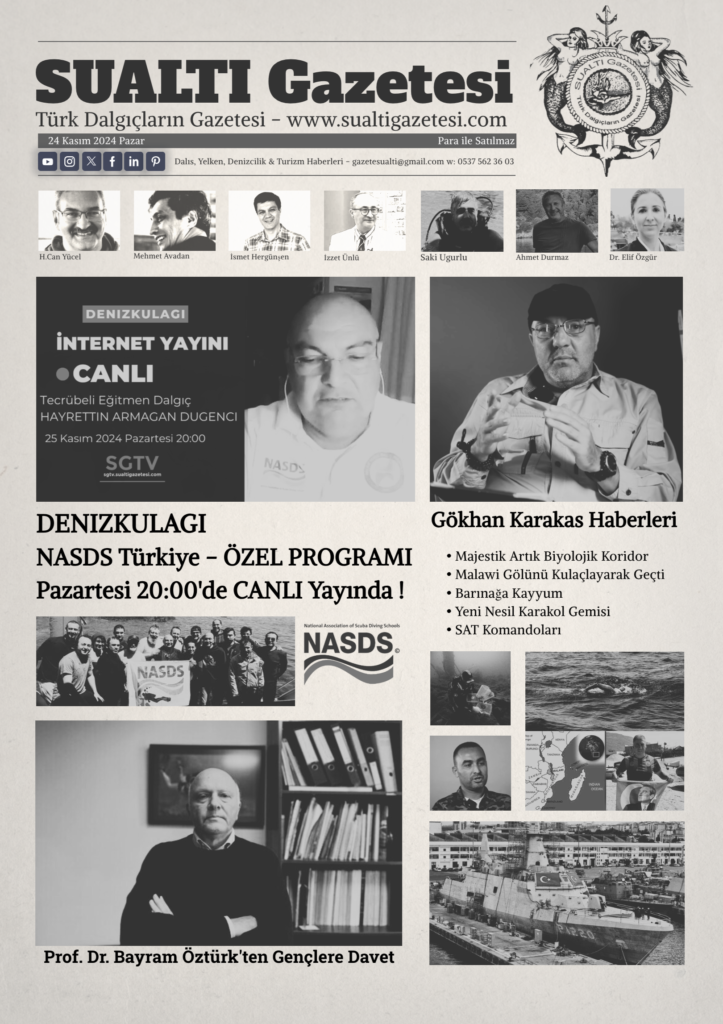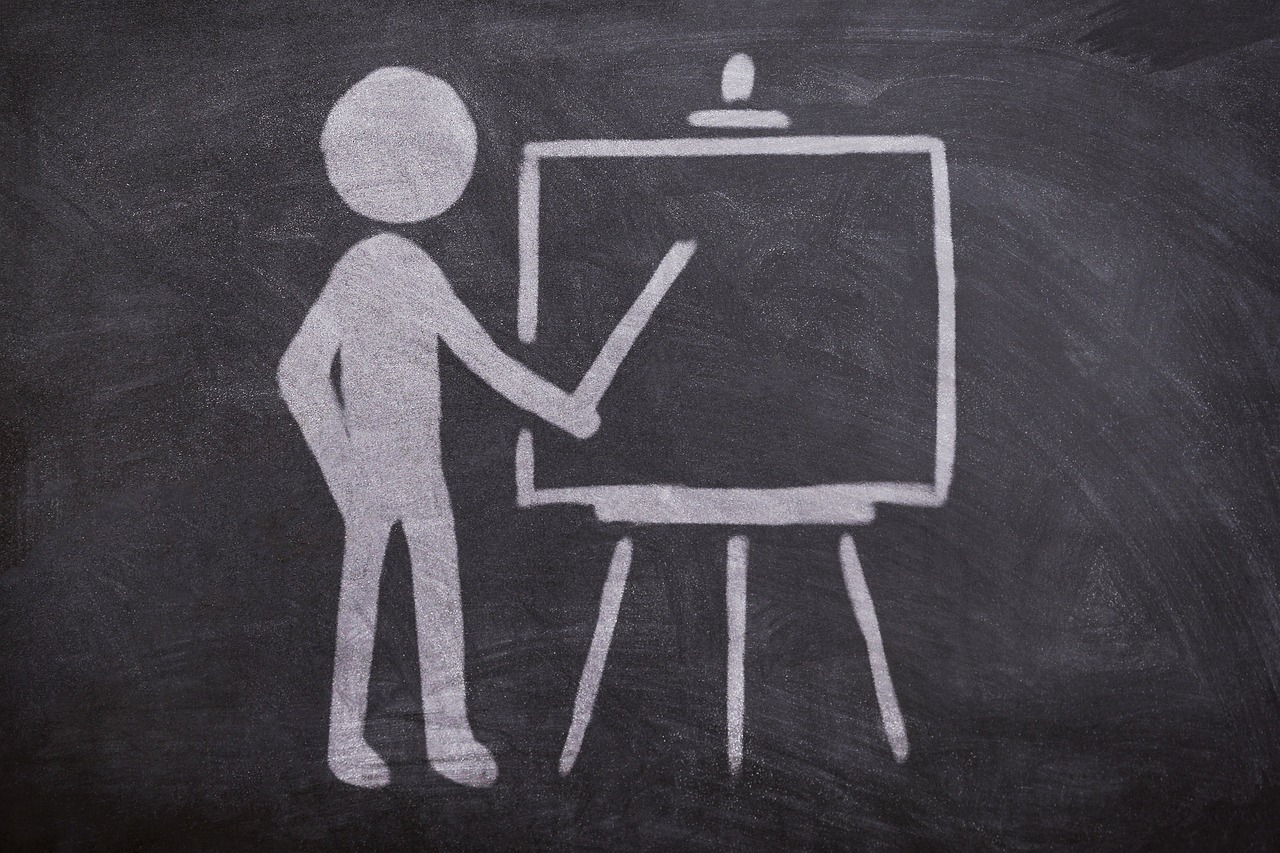Most athletes have their preferred method of preparing for events. Some practice in groups or as a team, or tune up with a friend or competitor. Others prepare by themselves. Sailors are likely to use any one of these methods at some point, depending on what they’re working on. Boathandling, for example, is best improved alone. Tactics are best honed within a group of boats. The best way to improve boatspeed is to practice with two boats sailing close together, experimenting with virtually every variable affecting speed. If two teams work together in an organized fashion, they can quickly step up one another’s performance. Someone once said, “If I can speed up two boats so they’re faster than anyone else, then there’s only one boat I have to beat.” He was absolutely right.
The essentials of two-boat tuning are simple: set up a pair of boats so they’re as closely matched in speed as possible. Keep one boat as the “control” boat and experiment one at a time with speed related variables on the other.
When setting up a two-boat session, establish exactly what you’re trying to achieve. Perhaps you want to know how much faster your new sails are, or what effect mast rake, shroud tension, jib-lead angle, etc., have on your speed. The more specific the focus, the better the results.
Another major consideration is the selection of a training partner. The two teams should share similar goals and have a similar desire to achieve them. Both should be roughly at the same competency level. Be careful about selecting a rival for a partner. This often leads to boat-on-boat combat where the goal is beating the other boat, which defeats the intent of advancing both boats together.
Advance planning is a must. Everyone involved must know the test variables, and the order in which they will be worked on. Start with more general items and work toward smaller, more specific adjustments. With a one-design class, for example, mast rake, rig tension, and mainsheet tension are good general tests. Jib-lead positions, cunningham, outhaul tension, etc., are fine-tune variables.
When deciding which variables to test, consider the conditions. In light air and choppy seas, for example, you can experiment with mainsail twist or heel angle, but if the sea breeze fills, you can try different jib leads and inhauler adjustments. Don’t try more than one variable at a time or you won’t be able to tell which one (if any) is making a difference. Give new adjustments time, and give yourself and your crew time to make critical observations.
Make the boats even
Before testing begins, the variables to be tested should be scaled on each boat. Identical decals with numbered markings are ideal and make duplicating and comparing settings much easier. This is the base on which two-boat speed testing is built, because it allows the effect of a tuning change on the non-control boat to be compared precisely.
If they are identically equipped, then the decal scales and other measurements (taken with a Loos gauge, or Harken’s Rigtune Pro, for example) can be used to set up the boats similarly before sailing. If the boats are different (different sails, spars, etc.), then each skipper should start with their standard tuning.
In either case, begin sailing upwind with the boats positioned about two boatlengths apart, their bows even. This bow-even position makes it easy to measure gain and loss, and discourages the leeward boat from trying to pinch off the weather boat. The pair must remain two boatlengths apart to reduce the possibility of the windward boat blanketing the leeward in a lift, or of the leeward one gaining a safe leeward position in a header.
If it’s apparent the boats aren’t even, stop and figure out how to speed up the slower boat. It’s not uncommon to spend a lot of time getting the boats even.
If one boat seems faster than the other no matter how hard the slower boat works at stepping up its speed, switch skippers to determine if the slower skipper is “off.” If the boats remain uneven, or the crews vary in weight, experience, etc., then consider rotating individual crewmembers as well.
Once the boats are fairly even in speed, it’s time to hone in on the pre-determined variables. Sail upwind in the bows-even position, continuing until one boat has gained a one-boatlength advantage. The faster boat should then luff and reset into the bows-even position to start again. Some sailors time their test runs for 3 minutes, stop, discuss, and then line up again.
This routine should be run three or four times to be sure one boat is actually faster and not just hitting fewer waves, gaining in a persistent wind shift, or just plain being steered better. After the fourth time a significant advantage has been gained, switch windward/leeward positions and resume the testing.
Source: sailing world
